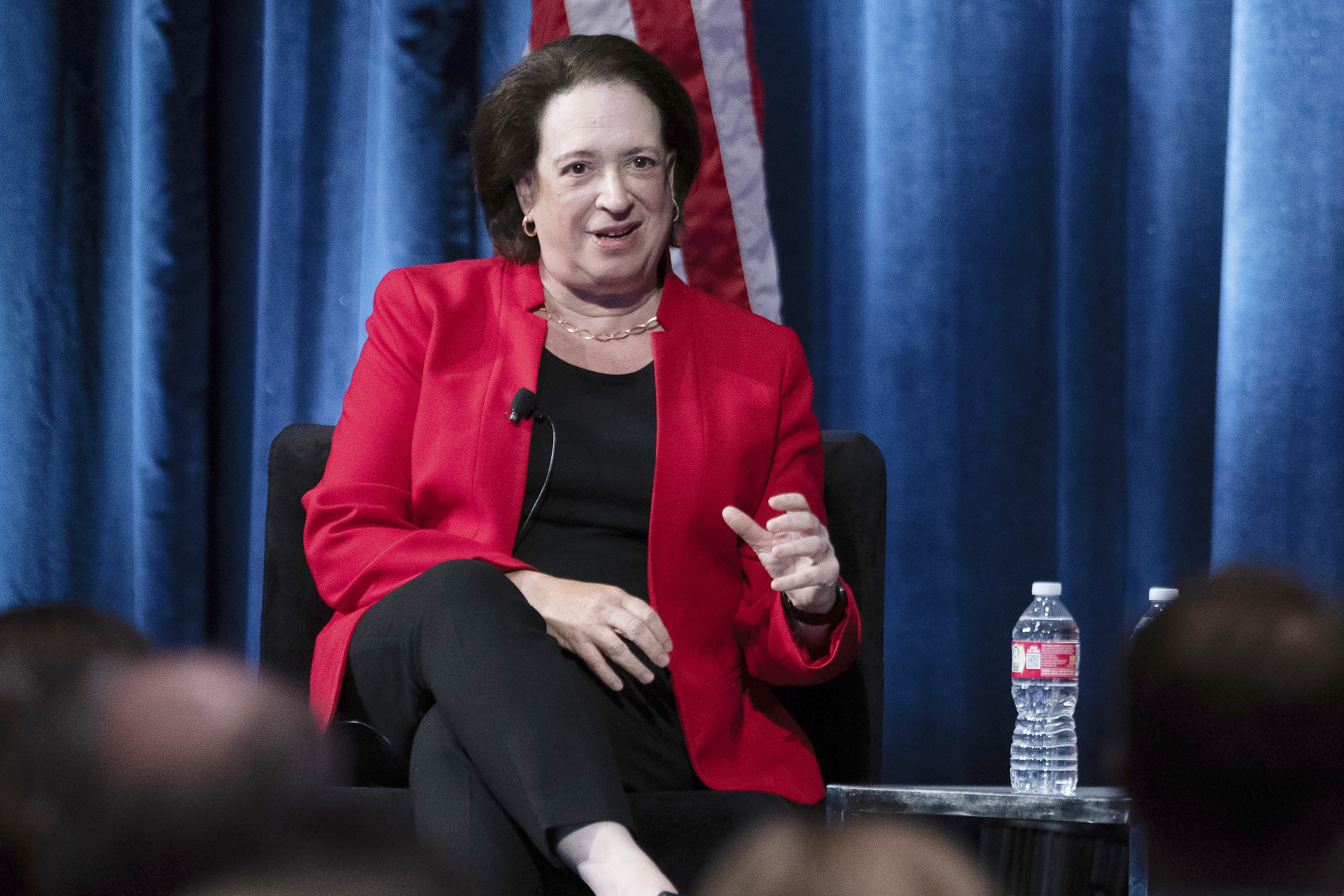Proposal to tighten ABA bar-pass standards criticized by deans and state bar president

A group of 90 law school deans asked the council of the ABA Section of Legal Education and Admissions to the Bar to pull a proposal that would tighten accreditation requirements on bar passage rates.
Under the proposal, being in compliance with Standard 316 of the section’s law school accreditation standards would require that at least 75 percent of an accredited school’s graduates pass a bar exam within a two-year period. The ABA House of Delegates is expected to vote on the proposal at its Midyear Meeting in February.
Meanwhile, Lawrence P. Nolan, president of the State Bar of Michigan, sent fellow House of Delegates members a letter (PDF) on Wednesday asking them to reject the proposal. Nolan told the ABA Journal that he’s trying to get additional support from other state bar presidents because he believes that the proposal is discriminatory.
According to the Above the Law blog, 90 academics signed a letter (PDF), sent by the Association of American Law School’s Deans Steering Committee, referring to California’s July 2016 state bar exam, which had a 42.7 percent pass rate (PDF).
“The California bar results, if they become the ‘new normal’ for graduates of ABA-accredited law schools in California, could potentially imperil the accreditation of a very large number of law schools—law schools whose history and profile have demonstrated over many decades an ability to educate and graduate successful law students by any reasonable measure,” the Jan. 13 letter reads.
Other concerns listed include diversity in the profession, and different state score standards. Deans who signed the letter weren’t expressing a “consensus view” about the proposal, according to the document.
“Despite the diversity of opinion on this difficult issue, all the deans who have signed this letter believe that there should be an opportunity for further reflection, and perhaps more careful study and analysis, before a new standard is adopted, especially because this standard could well have serious, albeit unintended, consequences on the welfare of many law schools and students,” the letter reads. “Without there being a special rush to decision, and with a number of issues (again, noting the California bar situation) recently emerging, it seems to us quite prudent to take the time to get this matter right.”
The council developed its proposed revisions to Standard 316 after many years of study and discussion, as well as significant public dialogue, Barry Currier, the ABA’s managing director of accreditation and legal education, said in a statement (PDF) released Jan. 19.
The group is aware of diversity concerns, for both law schools and the legal profession, Currier wrote, as well as concerns about different bar exam scoring systems between states.
“The fact remains that to become a lawyer in a jurisdiction, a law school graduate must pass that jurisdiction’s bar exam,” the statement reads. “The standard that the council adopted holds schools to meeting graduates’ expectations in the jurisdictions where the school’s graduates choose to locate. There is no reason to delay the effectiveness of this new standard.”
Under ABA rules, the House of Delegates can agree to the change, reject it or send it back to the council for review with or without recommendations. The House can do this twice, but the council has the final decision on Standard 316 as well as others related to accreditation.
Among the deans who signed the letter are Robert C. Post of Yale Law School and Harvard Law School’s outgoing dean Martha Minow. Deans of law schools where bar exam pass rates may not meet the 75 percent standard also signed the communication, as did some deans of law schools associated with historically black colleges and universities.
Nolan’s letter also advocates for more time to consider proposed changes to Standard 316. He wrote that the Standards Review Committee data on bar exam repeaters is out of date and and only includes data from July tests. The data is from 2006, 2007, 2010 and 2011, according to Nolan’s letter, and during that time only three states used the Uniform Bar Exam.
“From 2012 to 2016, 17 additional jurisdictions have implemented the UBE, and six of them did so only in 2016. Six more are slated to do so in July 2018,” Nolan writes. “This shift is a huge change. There is no data to show the UBE’s effect on bar passage.”
Diversity was an issue in the 2011 data, Nolan’s letter states, and it showed that “African-American takers passed the bar exam at a rate that was 6 percentage points lower than [white] takers.”



